
A new era of safer roads in Lancaster starts later this year as work begins to install average speed cameras some of the highest risk routes.
The Safer Road Fund programme is a £7.9m investment to reduce casualties on routes identified by the Department for Transport as the county's historically most dangerous A-roads.
A range of work has already taken place over recent years to improve safety on the five routes by upgrading them with features including LED cats eyes, high-reflectivity road markings and safety barriers.
The average speed cameras will be installed over the next year and become a key tool for the Lancashire Road Safety Partnership to reduce casualties on the county's roads.
Work on A588 from Lancaster to Skippool will begin in November.
Early next year the cameras will begin being installed on the A683 in Lancaster from junction 34 of the M6 motorway to Kirkby Lonsdale, followed by the A6 in Lancaster between the city centre and J33 of the M6 motorway towards the end of February.
Some traffic management will be needed for the safety of those working near the roadside while the cameras are being installed, and as work follows to connect them to the electricity supply, however this will be managed carefully to minimise disruption.
Average speed cameras work by reading the number plate of passing vehicles and calculating a driver's average speed over a known length of road within the same speed limit. This results in drivers maintaining a steady average speed rather than just slowing down when they see a traditional fixed or spot speed camera, delivering safer and smoother traffic flows.
A period of testing will be needed after the cameras are installed before they can be made operational and begin being used by the police to enforce speed limits.
Morecambe County Councillor Charlie Edwards, Lancashire County Council cabinet member for highways and transport, said: "The technological advance represented by average speed cameras mean we are now in a position to greatly improve safety over many miles of Lancashire's historically most dangerous roads.
"These are routes which rely on drivers exercising good judgement, being mainly rural in nature, and with features such as tight corners and junctions where the history of serious incidents over the years have generally been clustered.
"As has already been shown elsewhere, the average speed cameras should be a real game-changer in terms of reducing the number and severity of incidents, and ensuring everyone who uses these roads will be safer, and the communities who live alongside them can also begin to feel safer."
Andrew Pratt MBE, deputy PCC and chair of the Lancashire Road Safety Partnership, added: "Targeting dangerous drivers is a policing priority across Lancashire and evidence shows that speeding is a major factor in road deaths and serious collisions, with careless drivers putting their own lives and the lives of others at risk.
"This investment is a result of significant analysis by the Lancashire Road Safety Partnership and follows close working with local MPs, councillors and parish councillors who have all expressed their concerns on behalf of local residents and communities."
Supt Mark Morley, of Lancashire Police’s Tactical Operations, said: "The introduction of average speed cameras in the county has been very successful and helped in the reduction of serious injury and fatal collisions.
"This latest investment is our next stop in helping to increase road safety for all motorists and pedestrians.
"We will continue in our efforts to reduce collisions resulting in death or serious injury, and I am confident using this type of enforcement will play a vital role in achieving these reductions."
The Safer Roads Programme in full consists of the following:
£1.2m for average speed cameras on the A6 from Lancaster city centre through Scotforth and Galgate to J33 of the M6.
£1.2m for the A581 Rufford to Euxton – including average speed cameras, measures to highlight the centreline and edge of the road, and extension of the 30mph zone at Ulnes Walton.
£1.9m for the A588 from Lancaster's Pointer roundabout to Skippool – including average speed cameras over 26km, and measures to highlight the centreline and edge of the road, and cycle safety measures at the Pointer Roundabout.
£449,000 for the A682 from Barrowford to Long Preston – including average speed cameras over 8km, solar-powered road studs to highlight the centreline, and rumble strips to highlight the edge of the road over 13km.
£3.1m for the A683 from the M6 J34 at Lancaster to Kirkby Lonsdale – including average speed cameras over the whole length, 3.5km of roadside safety barriers, widening the footway over Hornby Bridge, high reflectivity road markings and cats eyes to aid drivers.



 BIG FIGHT COUNTDOWN: Tyson Fury's father John headbutts Usyk supporter ahead of undisputed heavyweight title fight
BIG FIGHT COUNTDOWN: Tyson Fury's father John headbutts Usyk supporter ahead of undisputed heavyweight title fight
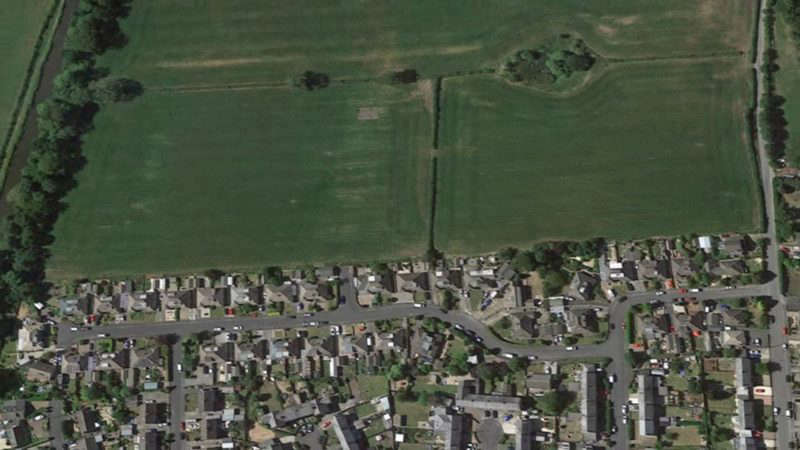 Decision to refuse Galgate housing scheme planning permission upheld following public inquiry
Decision to refuse Galgate housing scheme planning permission upheld following public inquiry
 INTERVIEWS and PHOTOS: The story of Highest Point festival 2024
INTERVIEWS and PHOTOS: The story of Highest Point festival 2024
 INTERVIEW: Lancaster prison officer backed by Tyson Fury wins sport contest ahead of Miss England bid
INTERVIEW: Lancaster prison officer backed by Tyson Fury wins sport contest ahead of Miss England bid
 VIDEO and INTERVIEW: Lancaster schoolboy, 10, makes drum 'n' bass DJ debut at Lancaster festival
VIDEO and INTERVIEW: Lancaster schoolboy, 10, makes drum 'n' bass DJ debut at Lancaster festival
 Highest Point 'Lancaster Rocks' night cancelled due to thunderstorms warning
Highest Point 'Lancaster Rocks' night cancelled due to thunderstorms warning
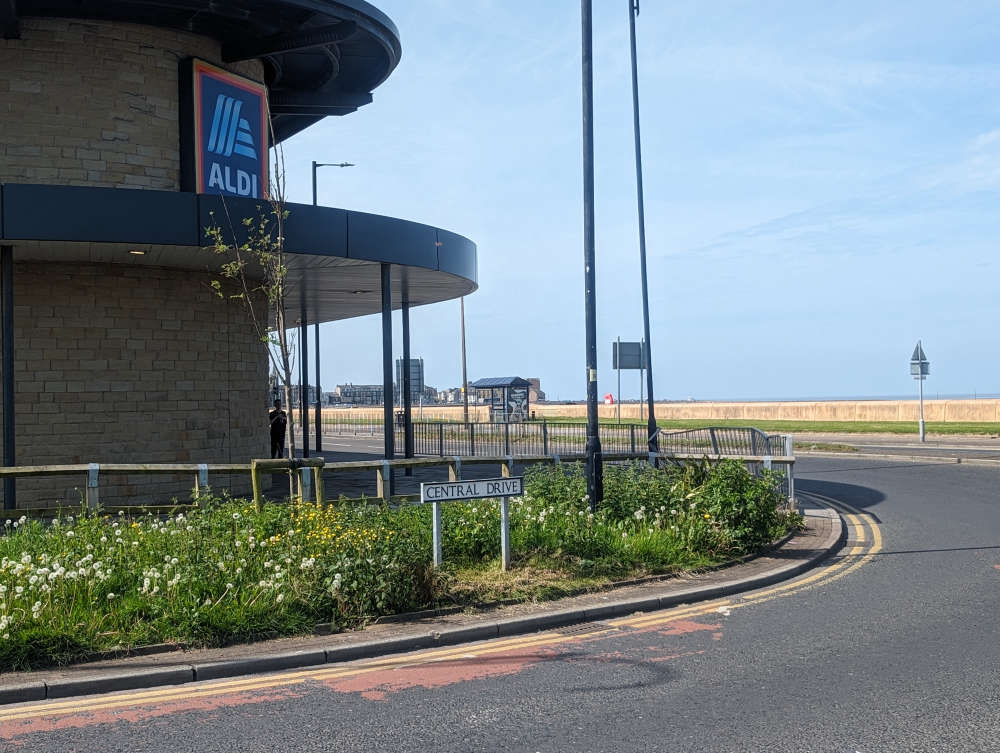 Quad bike rider dies after road crash in Morecambe
Quad bike rider dies after road crash in Morecambe
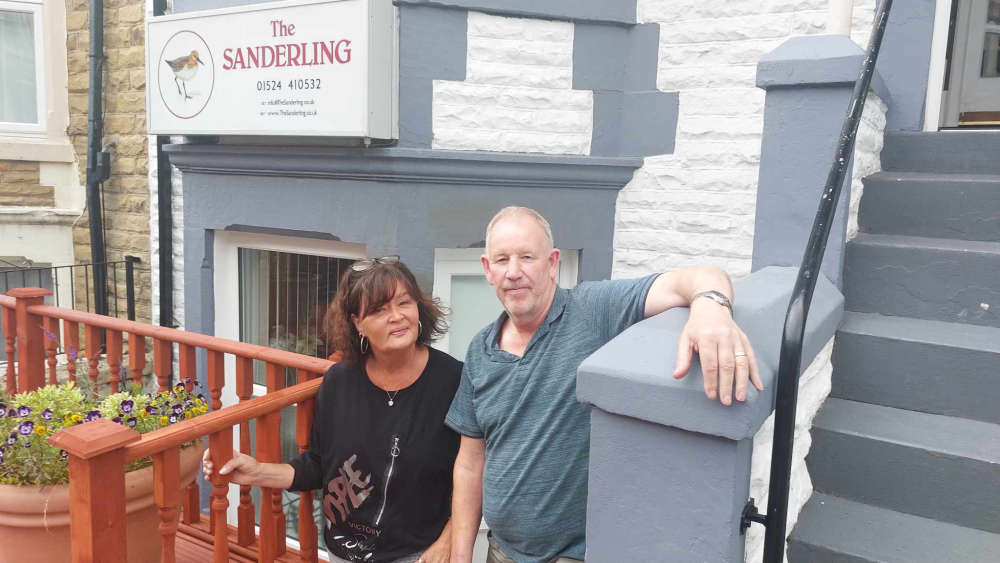 Morecambe guesthouse couple to star on reality TV show 'Four in a Bed'
Morecambe guesthouse couple to star on reality TV show 'Four in a Bed'
 PHOTOS: Northern Lights dazzle on Highest Point festival day one
PHOTOS: Northern Lights dazzle on Highest Point festival day one
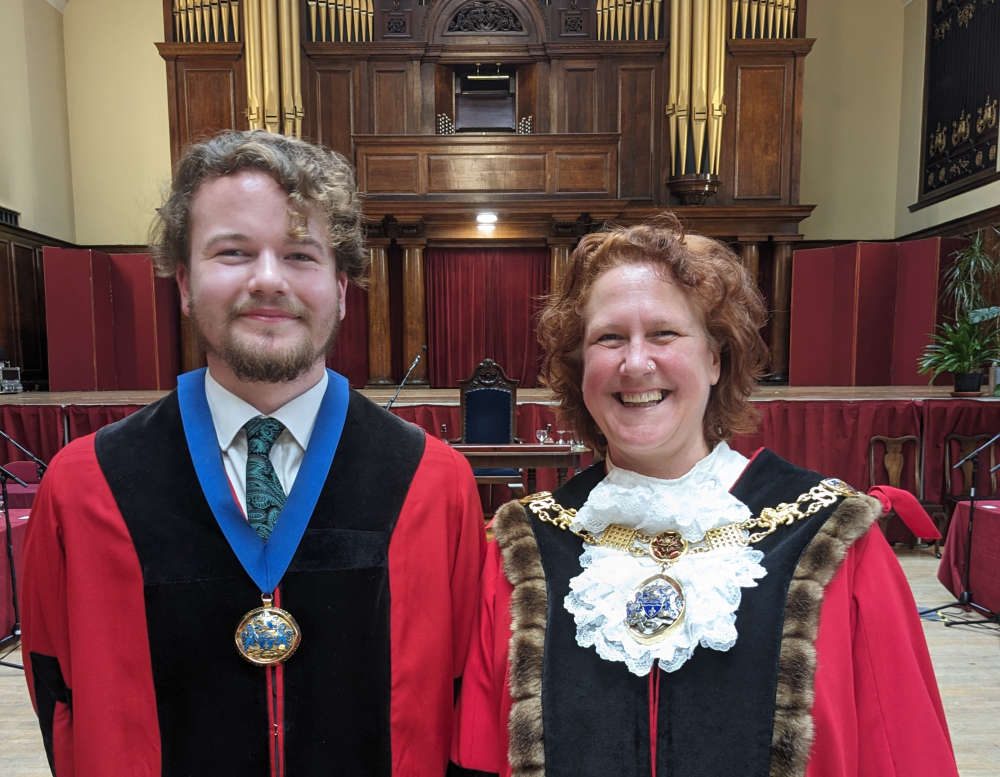 Mother and son unveiled as new Lancaster mayoral team
Mother and son unveiled as new Lancaster mayoral team
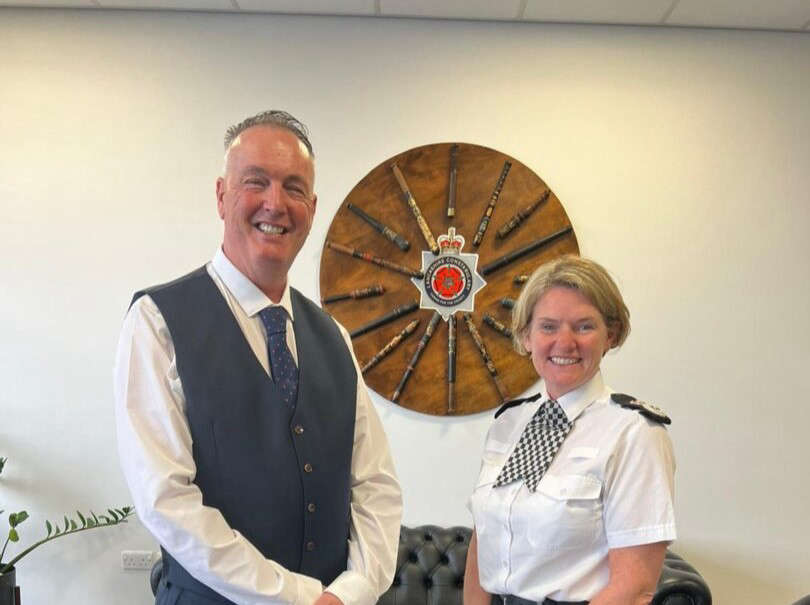 New police and crime commissioner for Lancashire begins role
New police and crime commissioner for Lancashire begins role
 Morecambe homeless man jailed after admitting criminal damage
Morecambe homeless man jailed after admitting criminal damage
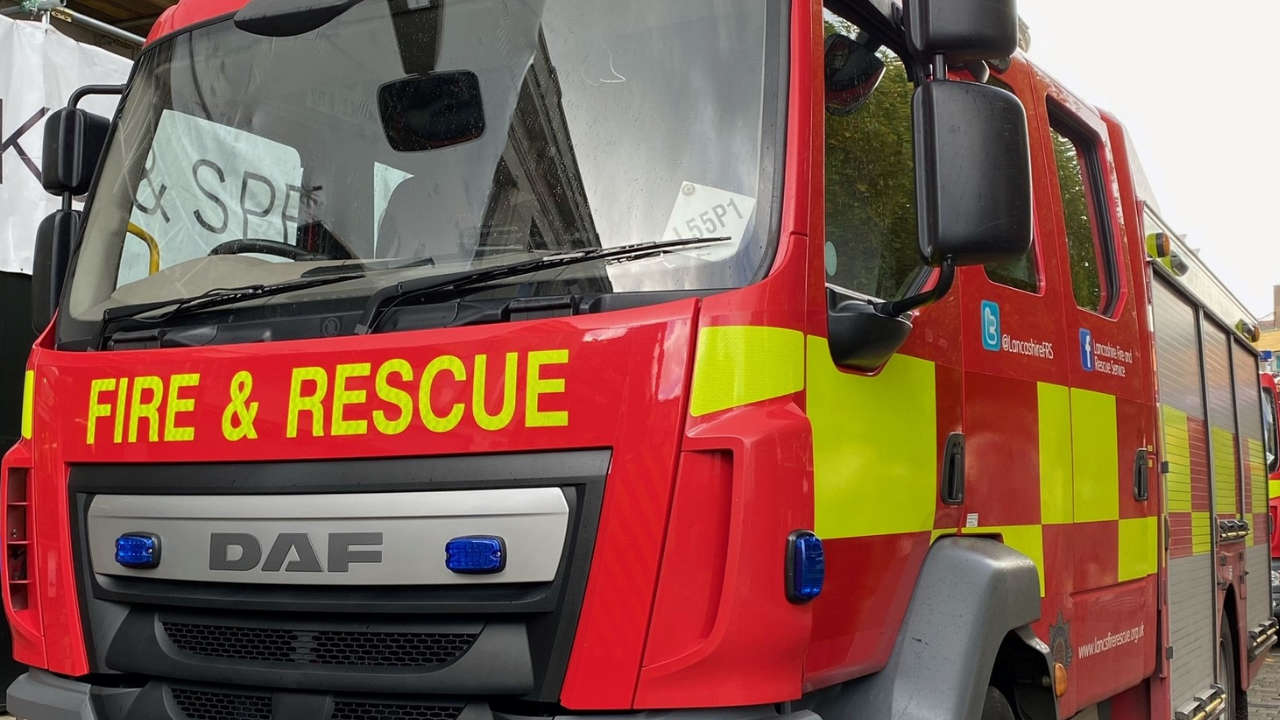 Firefighters tackle fire at flat in Morecambe
Firefighters tackle fire at flat in Morecambe
 Lancaster youth charity awarded £221,400 towards vision for 'creative youth space' in city
Lancaster youth charity awarded £221,400 towards vision for 'creative youth space' in city
 Tennis club near Lancaster unveils new courts after £50,000 fundraising campaign
Tennis club near Lancaster unveils new courts after £50,000 fundraising campaign
 INTERVIEW: Highest Point chief 'proud' of lineup for 2024 festival
INTERVIEW: Highest Point chief 'proud' of lineup for 2024 festival
 Highest Point festival stage times: all you need to know
Highest Point festival stage times: all you need to know
 Highest Point team 'excited' for sunny weekend as prep continues ahead of Lancaster festival
Highest Point team 'excited' for sunny weekend as prep continues ahead of Lancaster festival
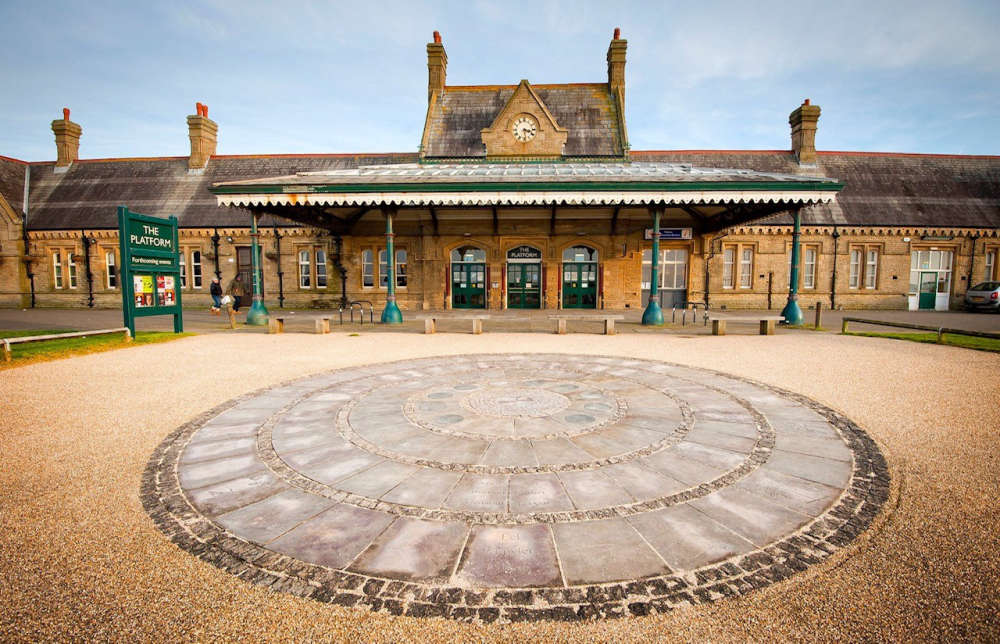 New Friends group officially formed to support popular Morecambe music venue
New Friends group officially formed to support popular Morecambe music venue
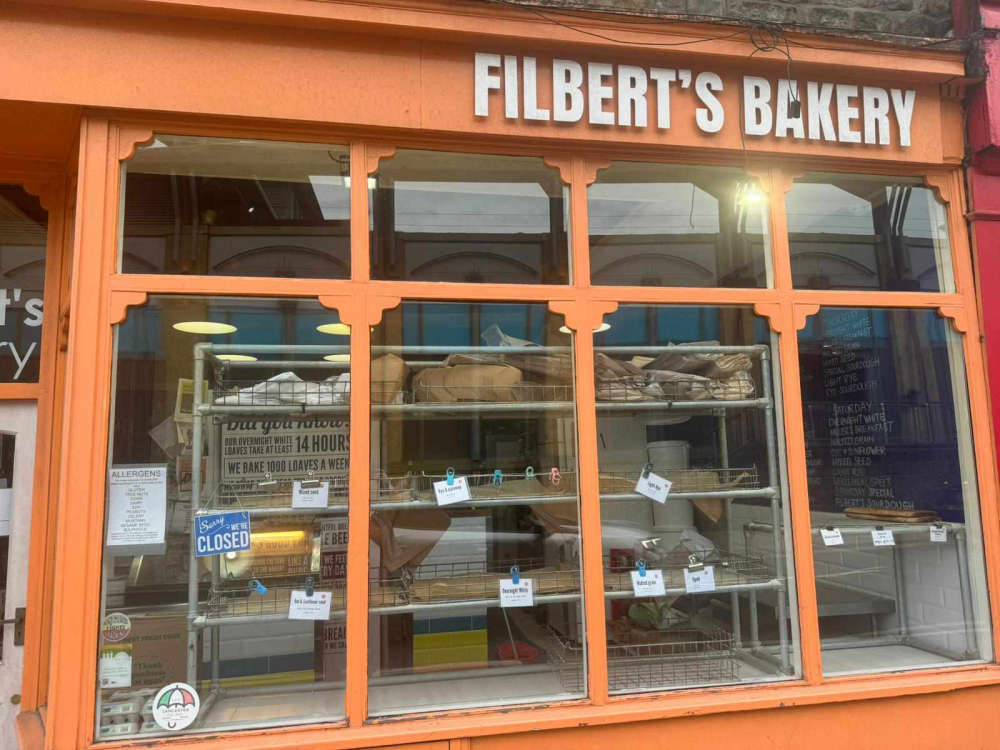 "Overwhelming support" as award-winning Lancaster bakery announces shock closure
"Overwhelming support" as award-winning Lancaster bakery announces shock closure




